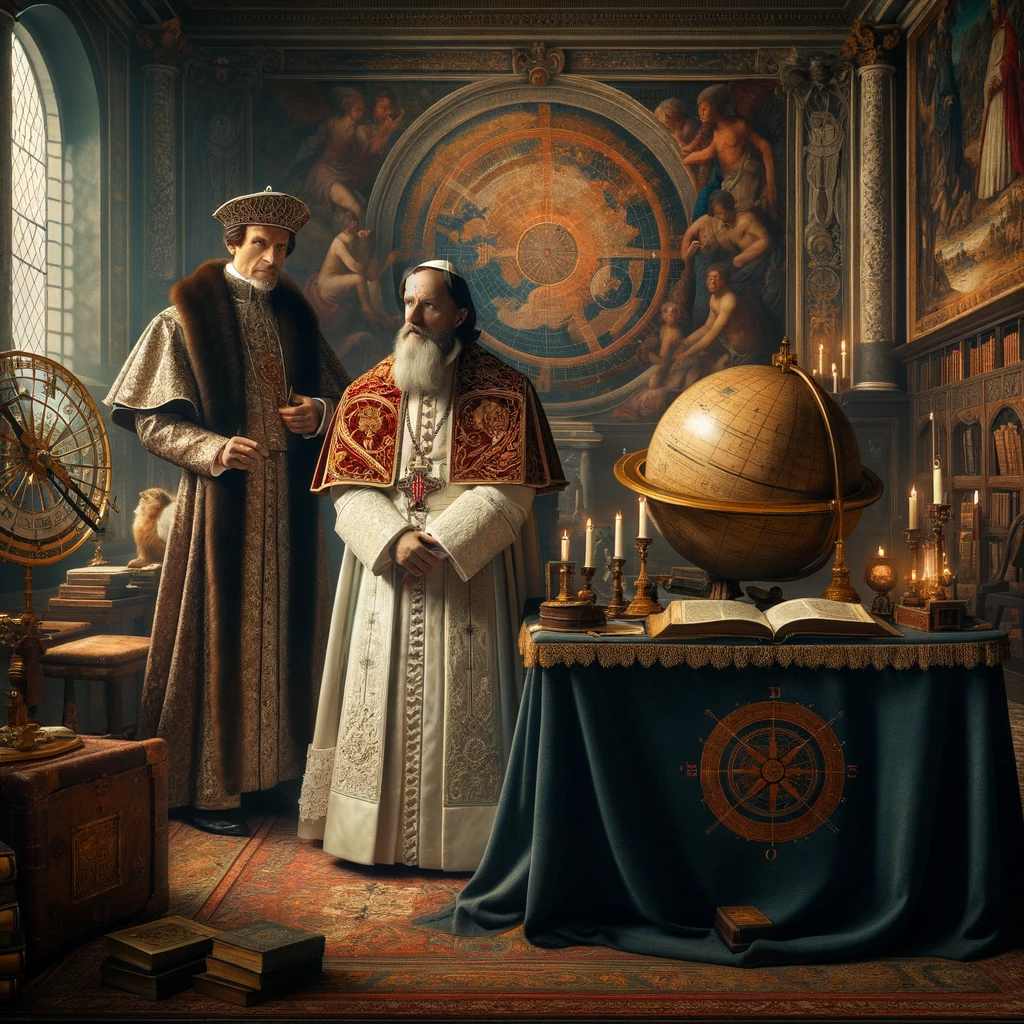The Gregorian calendar, now the most widely used civil calendar, stands as a remarkable testament to the evolution of timekeeping in human history. Named after Pope Gregory XIII, who introduced it in 1582, this calendar was a refinement of the Julian calendar and aimed to address the inaccuracies that had accumulated over centuries.
The Pre-Gregorian Era
The story of the Gregorian calendar begins with its predecessor, the Julian calendar, introduced by Julius Caesar in 46 BCE. The Julian calendar, a reform of the Roman calendar, was designed to approximate the solar year. However, it miscalculated the solar year’s length by 11 minutes, leading to a gradual misalignment with the equinoxes.
The Need for Reform
By the 16th century, the Julian calendar had drifted significantly, with the vernal equinox occurring on March 11 instead of the traditionally accepted date of March 21. This discrepancy posed significant problems, particularly for the calculation of Easter, a movable feast tied to the vernal equinox and the lunar cycle.
The Gregorian Reform
Pope Gregory XIII, in consultation with astronomers and mathematicians like Christopher Clavius, instituted the Gregorian reform. The primary change was a more accurate calculation of the year’s length, now 365.2425 days, rectifying the Julian error. To realign the calendar with the equinoxes, ten days were omitted from October 1582.

Implementation and Resistance
The adoption of the Gregorian calendar was gradual and met with resistance in various parts of the world. Catholic countries like Spain, Portugal, and Italy adopted it immediately, but Protestant and Orthodox countries were reluctant. England and its colonies, for instance, did not adopt the Gregorian calendar until 1752.
Global Adoption and Legacy
Over the centuries, the Gregorian calendar was adopted globally as the standard for civil purposes. Its adoption illustrates a fascinating intersection of science, religion, and politics. Today, it is a cornerstone of international communication and cooperation.
Conclusion
The history of the Gregorian calendar is a compelling story of scientific endeavor, cultural exchange, and political negotiation. It reflects humanity’s continuous quest to understand and measure time more accurately. As we use this calendar daily, it’s a reminder of our journey through time and our place in the broader sweep of history.
